When the Spanish under the leadership of Francisco Pizarro arrived in Peru in 1532, they encountered the Inka empire. With a population of about 8 million people occupying the area from the Ecuador-Colombia border in the north to central Chile in the south, the Inka empire was the largest indigenous empire in the Americas.
The Inka empire in 1532 was less than a century old. The Quechua-speaking Inka began to coalesce as an identifiable people in the twelfth century in the area around Cuzco. They incorporated religious traditions from the earlier Wari and Tiwanaku civilizations. They began to expand about 1438 and by 1460 had become an empire.
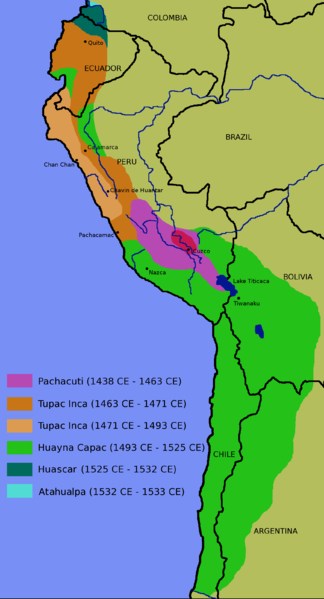
The Inka empire expanded through a combination of military conquest, alliances, and negotiations. As an empire, the Inka ruled an amazing array of different peoples: peoples speaking different languages, inhabiting different environments, and having distinct ethnic traditions and identities. There were often large-scale transfers to conquered populations from one area to another, which broke up the indigenous populations and allowed the Inka to govern them with less resistance.
The Inka used a system of labor-based taxation, known as Mit’a. This enabled them to engage in large-scale building projects. It tied the commoners to the state during parts of the year. During these periods they were fed and supported by the state. In some instances this required travel from the home towns of the workers to distant building sites.
The Inka emphasized the divinity of the living ruler and the royal ancestors. They promulgated the national cult of Viracocha (sun god). At the same time, conquered gods were incorporated into the Inka system.
Royal inheritance was vested in a corporate group of the ruler’s descendents. It was as if the king had not died at all, but his body continued to hold court. This deprived the new ruler of the wealth that he would need to support his own court. Thus the new ruler had to find the resources to support his own court during his life and after. Expansion of the empire provided these resources to the new ruler.
Upon the death of the ruler, a new ruler was chosen for competence from the old ruler’s sons. This has the potential for civil war, which was the situation which the Spanish were able to capitalize on in order to conquer the Inka.
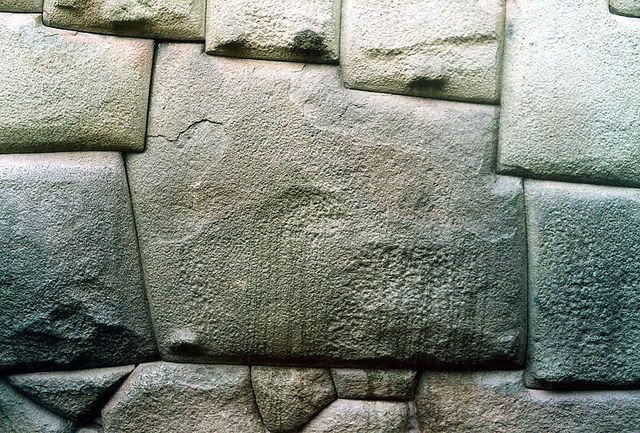
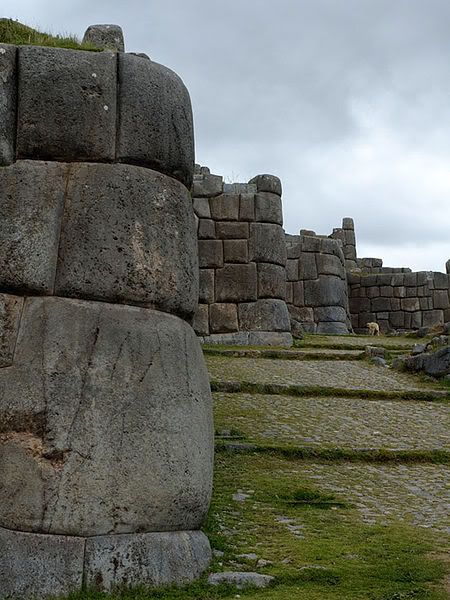
Architecturally the Inka are best-known for using large stone blocks, often weighing tons, which were carefully fitted without masonry.
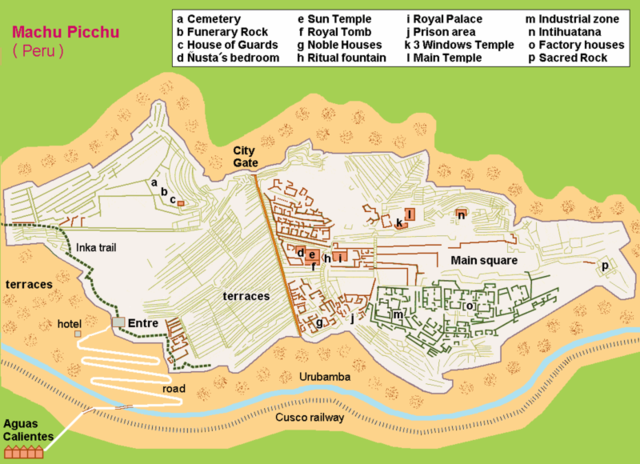
Probably the best-known Inka site is Machu Pichu, which is not really characteristic of their population centers. Machu Pichu was a ceremonial center and a royal palace located in a defensive location. It was constructed about 1460 and used until 1560. It had only a small custodian population during most of the year.
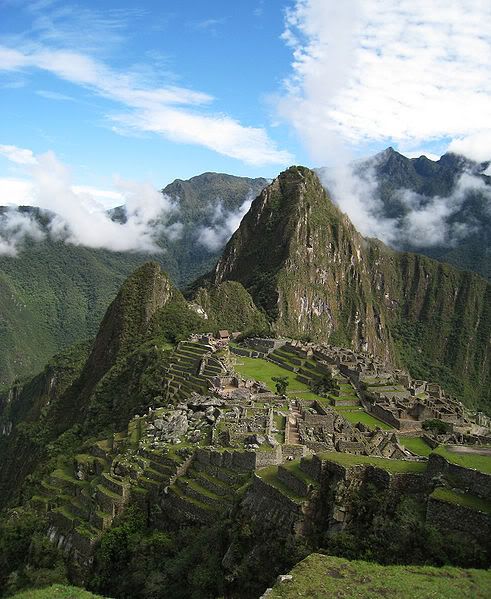
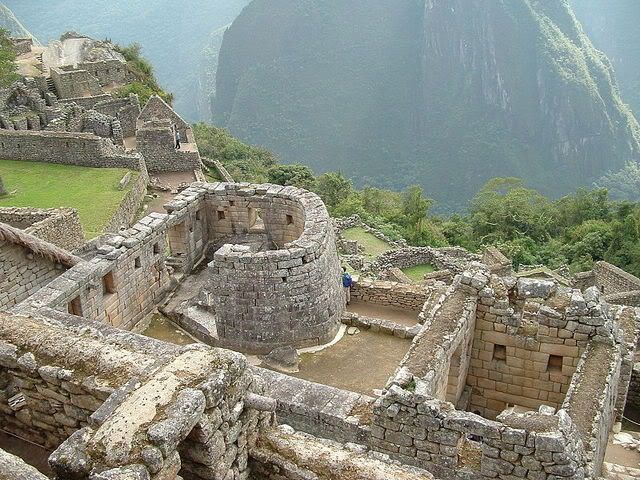
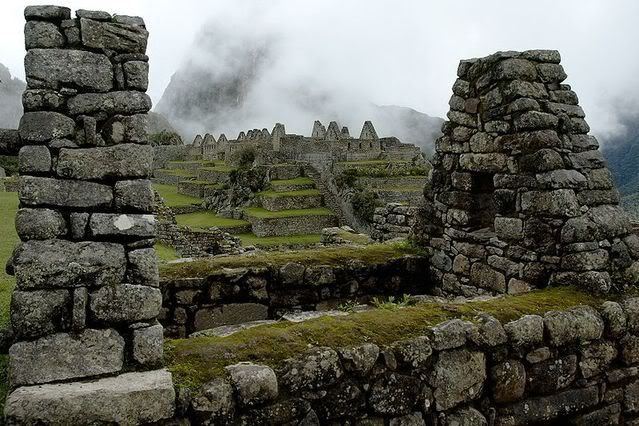
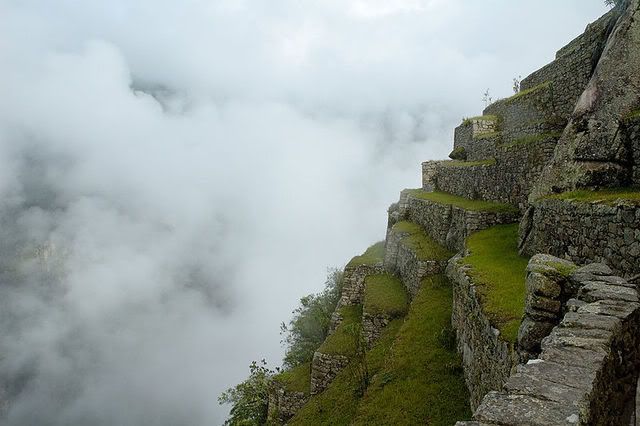
Photos of Machu Pichu are shown above.
The Inka empire was tied together with an efficient road system. They did not have wheeled vehicles but relied on llamas and human porters to transport goods throughout the empire.
The Inka economic system had two basic levels. First, there was local kin and community based economic production and exchange. At this level there were local styles which were produced for local use. Second, there was a much larger scale production that was heavily centralized and standardized and controlled by the state. This included the production of metal goods-often finely crafted prestige items of gold and silver which the Spanish simply melted down-and textiles.
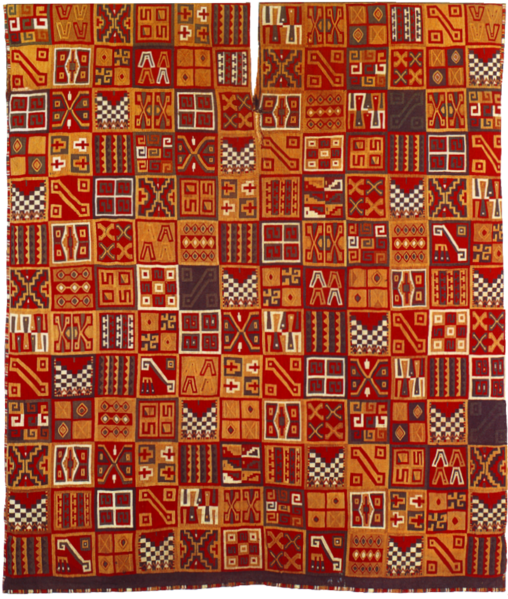
An example of Inka textile work is shown above.
Complex civilizations around the world usually require some form of writing for record-keeping and for long-distance communication. In fact, many archaeologists use the presence of writing as one of the criteria for defining a level of social organization which they would call a civilization. Most archaeologists feel that the Inka did not have a form of writing as Eurocentric scholars understand it. For communication they used a system of knots and strings known as a khipu (quipu). While this has often been interpreted today as being a numeric system and/or a mnemonic system, some of the knots also had non-numeric values and could be used to transmit and record non-numeric messages. At the present time, many researchers are looking at the khipu as a form of writing, or at least proto-writing.
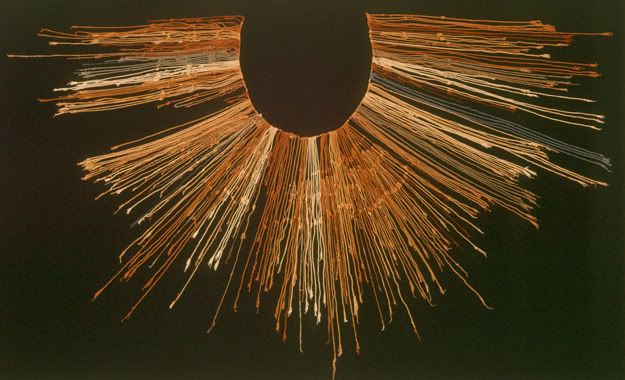
One of the other criteria that archaeologists use for defining a civilization is urbanization. The Inka city of Cusco had a population of about 100,000 people. Cusco was laid out so that different parts of the city represented different conquered areas of the empire.
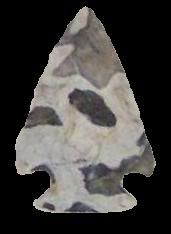



Leave a Reply